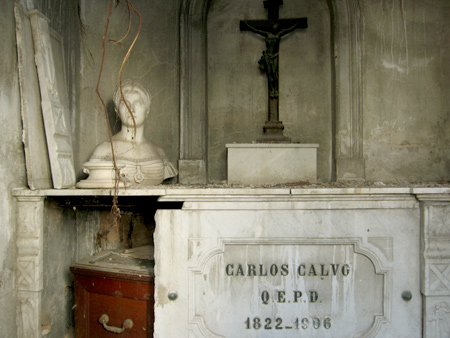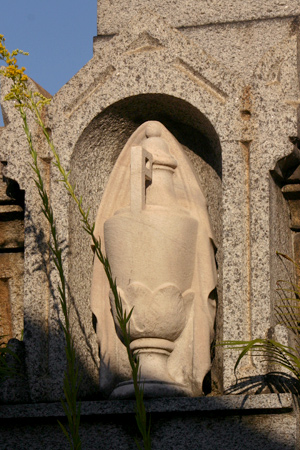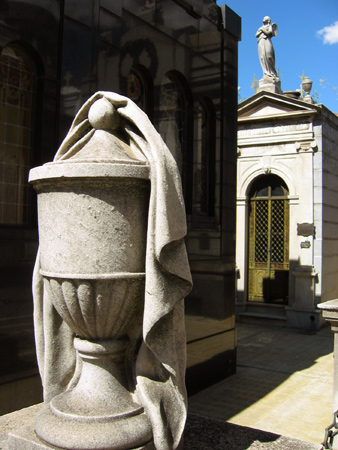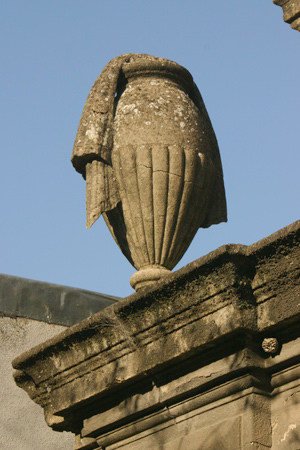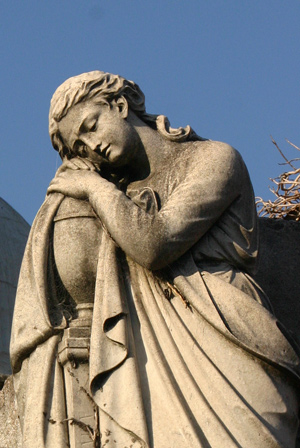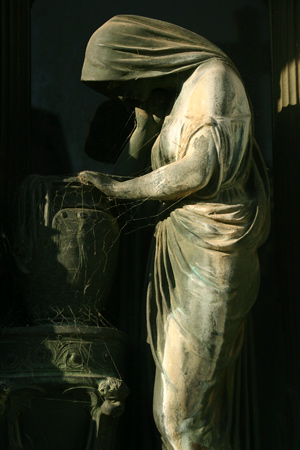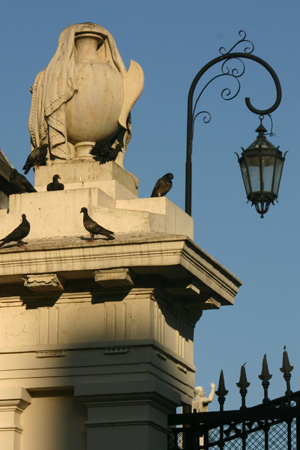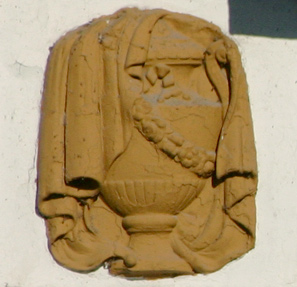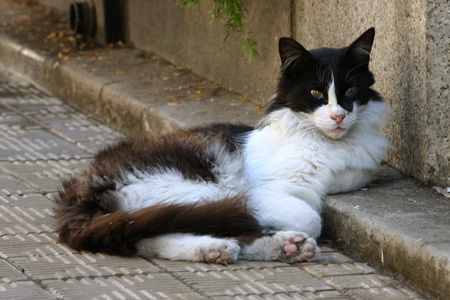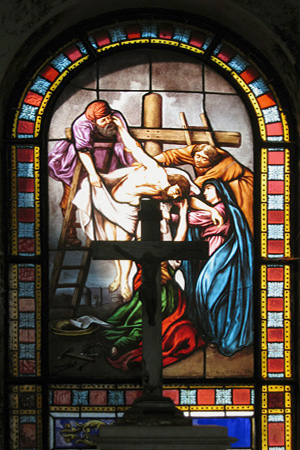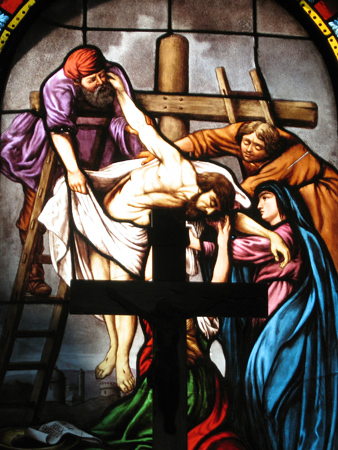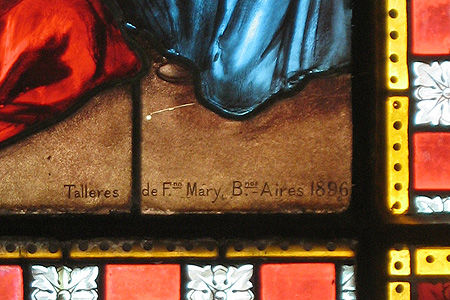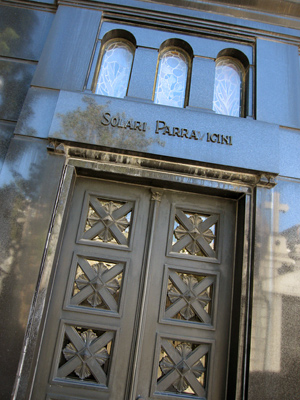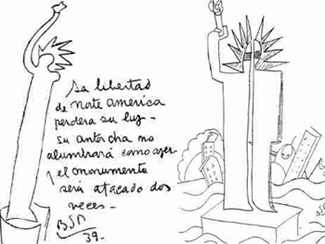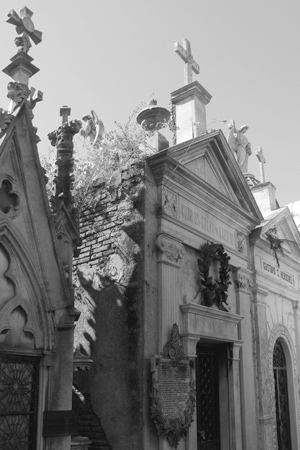
Neglected & forgotten among the long rows of the southeast corner sits the vault for Carlos Calvo & his family. Born in Montevideo in 1822, Calvo came to Buenos Aires to study law & made a career as a diplomat for both Argentina & Paraguay. While in the service of Carlos López, father of Paraguayan dictator Francisco Solano López, an incident occurred which would shape Calvo’s career for the rest of his life.
A native Uruguayan with a British passport was arrested & found guilty of attempting to assassinate Carlos López. Calvo responded to British demands for immunity with what eventually became known as the Calvo Doctrine… any foreign resident is subject to local laws & court procedures, & diplomatic pressure from the foreign nation will be ignored as well as any attempt at armed force. Pretty gutsy. We may take this legal notion for granted today, but European powers often interfered in the affairs of the Americas during the mid-1800s. The Calvo Doctrine signified an important step for international law & a means for American nations to assert their independence.
Unfortunately no one seems to care that the Calvo vault is falling apart. In constrast to its current condition, an enormous bronze plaque pays tribute to Calvo, whose remains were brought to Recoleta Cemetery after his death in Paris in 1906. The complete text is transcribed below (errors included):
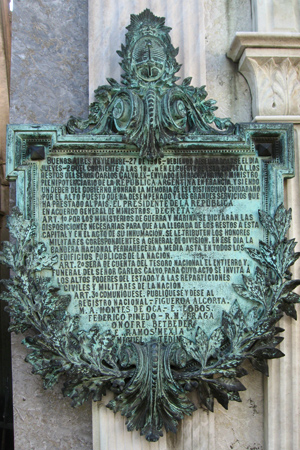
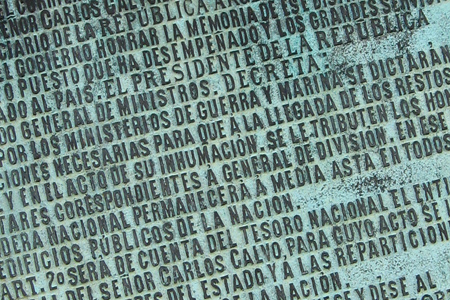
Buenos Aires Noviembre—27 de 1906—debiendo desembarcarse el día jueves—29 del corriente á las 10 a.m en el puerto de esta capital, los restos del Señor Carlos Calvo, ex-enviado extraordinario y ministro plenipotenciario de la República Argentina en Francia. Y siendo un deber del gobierno honrar la memoria de ese distinguido ciudadano por el alto puesto que ha desempeñado y los grandes servicios que ha prestado al país, el Presidente de la República en acuerdo general de los ministros, decreta:
Art 1º Por los ministerios de guerra y marina se dictarán las disposiciones necesarias para que a la llegada de los restos a esta capital y en el acto de su inhumación, se le tributen los honores militares correspondientes á General de División. En ese día la bandera nacional permanecerá a media asta en todos los edificios públicos de la Nación.
Art 2º Será de cuenta del Tesoro Nacional el entierro y el funeral del Señor Carlos Calvo, para cuyo acto se invita á los altos poderes del Estado y á las reparticiones civiles y militares de la Nación.
Art 3º Comuniquese, publiquese y dése al Registro Nacional—Figueroa Alcorta, M.A. Montes de Oca—E. Lobos, Federico Piñedo—R.M. Fraga, Onofre Betbeder, E. Ramos Mexia, Miguel Tedín
Basically, the plaque copies the text of a law which states that Calvo’s funeral expenses are covered by the national government & that he will be given a burial with full honors. Now the interior looks like this:
